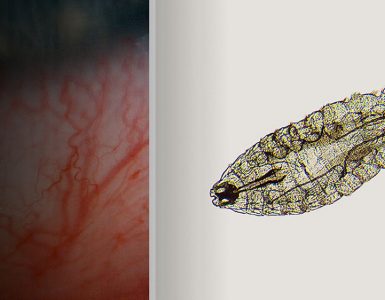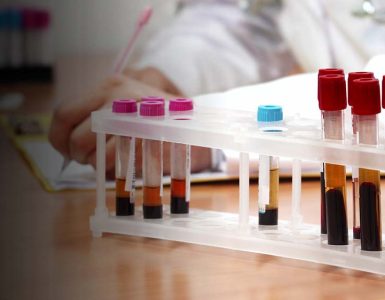Biomedical engineers at Duke University have recently developed a self-assembling nanomaterial, to limit the damage caused by inflammatory disorders, a lot less harmful than conventional treatments. The new treatment tested on mouse models for psoriasis used Nano-fiber based drug and has the same benefits of alleviating inflammatory damage, as that of the gold-standard treatment. The conventional treatments by biological drugs have their weaknesses like high cost, repeated injections, irregular efficacy, but the additional benefits that this newly discovered active immunotherapy by Kelly M. Hainline, offers is that it allows the body to generate its therapeutic antibodies, without the need of repeated injections.
The common inflammatory diseases include Rheumatoid arthritis, Crohn’s disease, Psoriasis, etc. The key features of inflammatory diseases are the excessive production (more than needed) of signaling protein – cytokines, which root inflammation. The most common of these immune factors is the Tumor Necrosis Factor (TNF). Monoclonal antibodies ambush TNF and get identified by the immune system, which gets destroyed, making the treatment ineffective, and therefore repeated treatment is required, more so, In chronic conditions. But Bioengineers of Pratt School of Engineering find a novel approach with offers the biggest benefit of consistent neutralization of TNF, with no negative effect.
Dr. David Rampulla, director of the Division of Discovery Science and Technology at the NIBIB while explaining the importance of the study said,
With some 24 million Americans suffering from autoimmune diseases, there is a great clinical need to find effective treatments for these disorders that are less expensive and more effective than the existing treatments. Nanobiology is a promising approach to coaxing the body to mount its immune response to fight these complex diseases. This work in mice is an elegant demonstration of potential therapies using cleverly designed and synthesized nanofibers.
The key to this approach is constructing nanostructures where protein subunits can be chemically tethered to produce those biological responses which are essential to impound the disease-causing excess TNF. To make it possible, they used supramolecular self-assembly – which makes copies of complex molecules with different parts, so that each part has a different function (supramolecular). The who gathering is placed in a way that finds each other and sticks together (self-assembly) on its own. The nanofiber they created had repeated units of protein – the main component of supermolecule. The major proteins of these nanofibers are TNF and a complement protein C3dg – a key linkage between adaptive and innate immunity.
This assembly of nanofiber when placed inside mice with psoriasis, it showed similar results as that of gold-standard monoclonal antibody treatment. To solve the problem of exhaustion, C3dg was added, which enhances the treatment, as it augments B cell responses, to aid the production of more TNF-neutralizing antibodies.
According to Collier,
We’re using the nanomaterials to induce the body’s immune system to become an anti-inflammatory antibody factory. It’s essentially an anti-inflammatory vaccine.
This study could be a new ray of hope for the patients suffering from inflammatory diseases, who have to take frequent, expensive doses. This new treatment needs fewer doses than the current monoclonal antibody treatment.

















Add comment